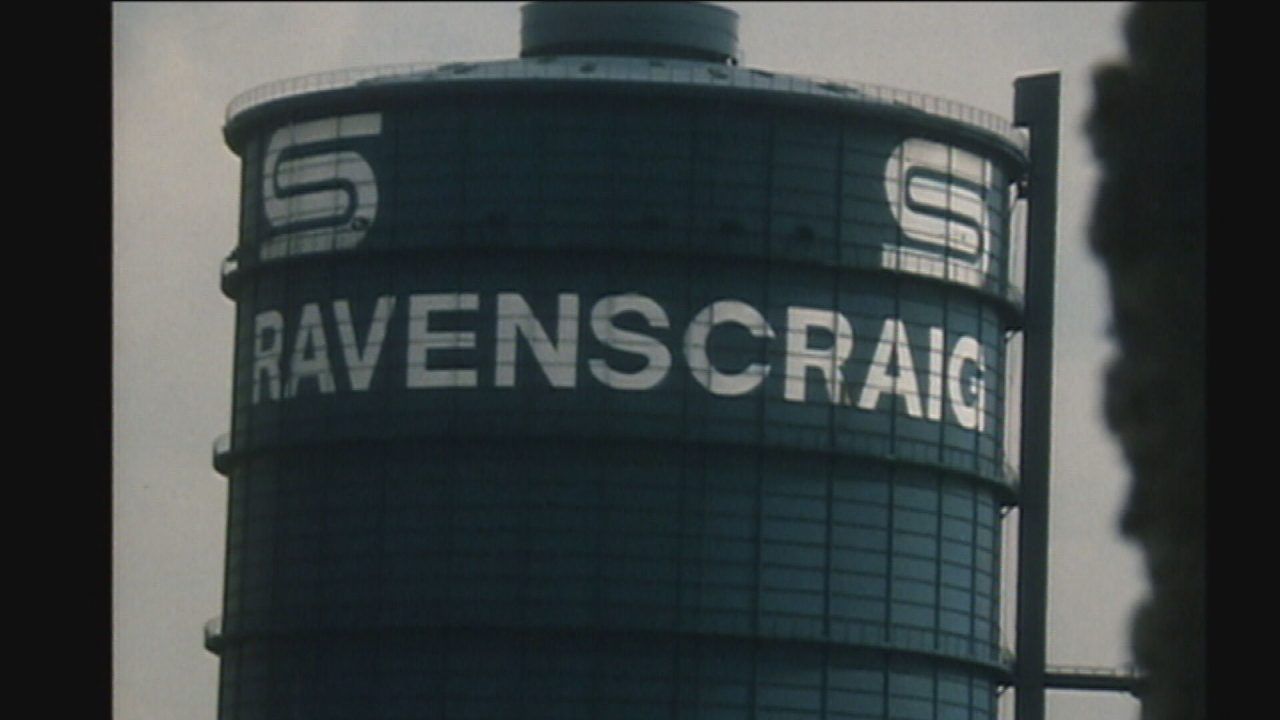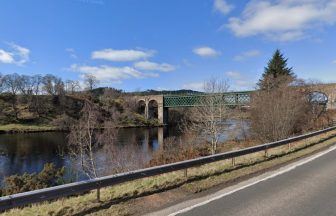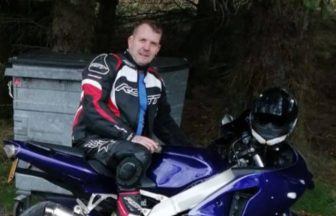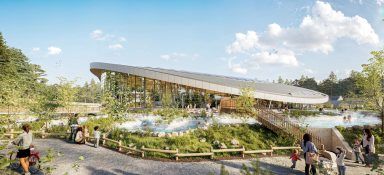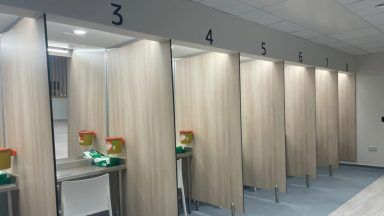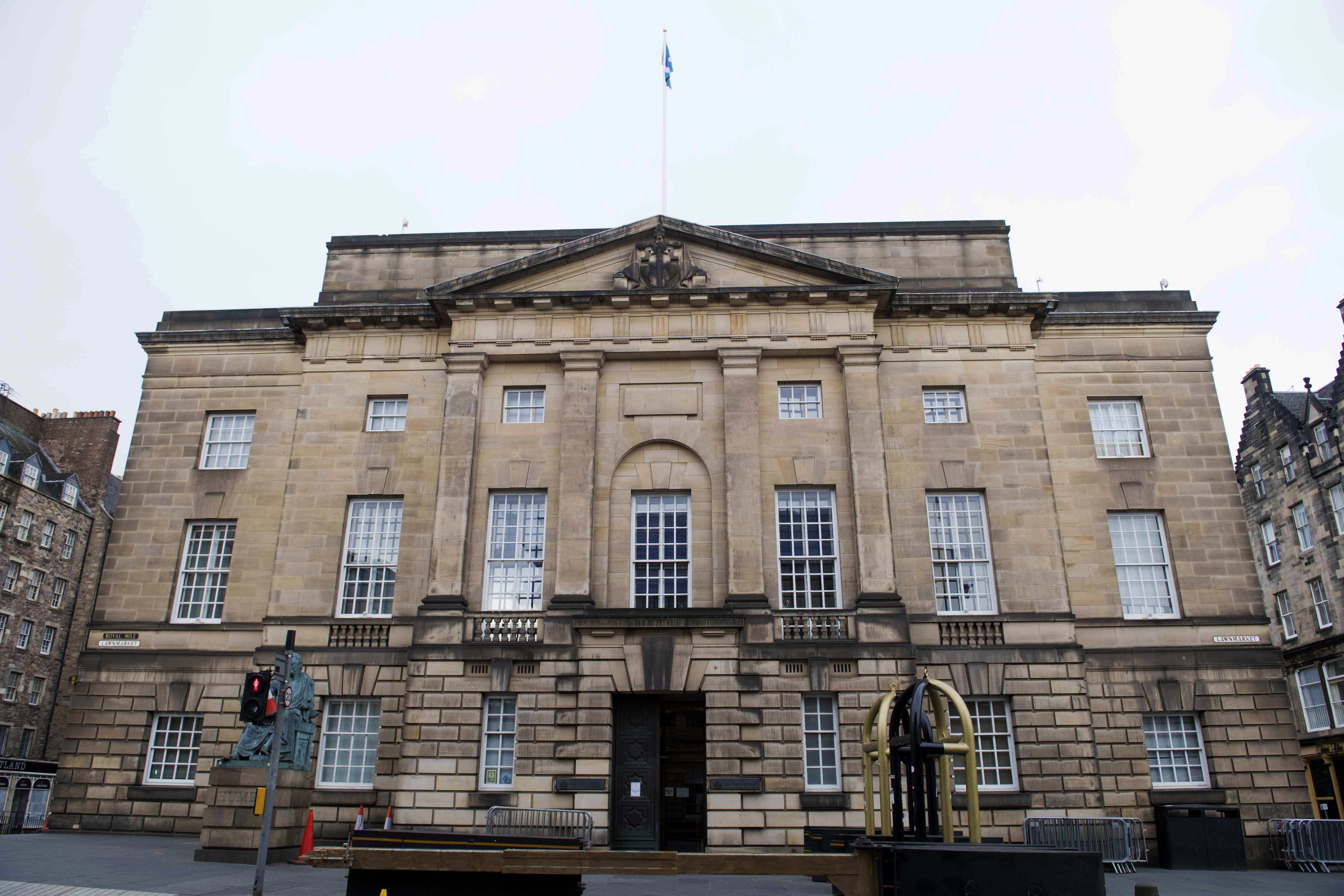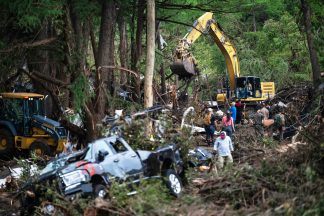Plans are under way for a former steelworks in North Lanarkshire to be transformed into a “20-minute neighbourhood“.
Ravenscraig, spanning 1,200 acres, lay derelict for over 20 years since the closure of the steel mill in 1992.
It has since become one of Europe’s largest housing regeneration projects.
A total of 1,000 homes have been built so far alongside a regional sports facility, a college campus and a pub/restaurant with plans to build an additional 3,500 properties, including 500 affordable housing units.
Housing minister Paul McLennan recently visited Ravenscraig to assess the progress.
He said: “These homes will provide much-needed accommodation, and the 500 affordable homes will make a significant difference in addressing housing needs.”
In collaboration with Ravenscraig Limited, North Lanarkshire Council aims to transform the area, twice the size of Monaco, into a self-sufficient neighbourhood by 2040 to 2050 featuring high-quality housing, robust transport links, educational facilities, and employment opportunities.
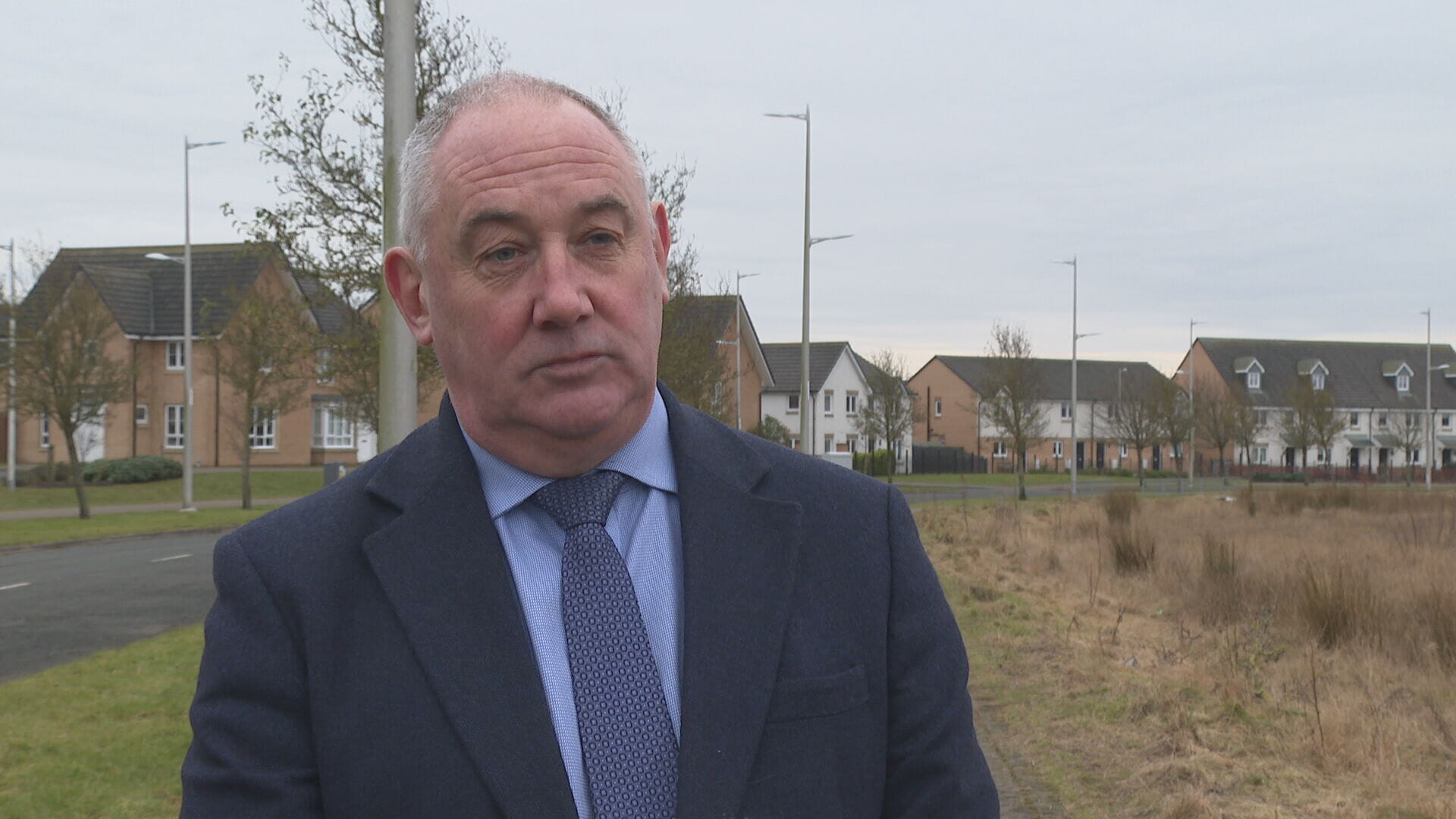 STV News
STV NewsThe regeneration of the site began in the 2010s after decades of inactivity, with large-scale construction of homes and amenities continuing into the 2020s.
However, the area still lacks essential infrastructure such as reliable transport links, schools, and medical centres, leaving residents feeling isolated.
Some have questioned how the planners’ vision of Ravenscraig as a “sustainable and inclusive” community will play out, particularly in regards to housing, employment and transport links.
Economic historian and author Dr Ewan Gibbs said the development is “representative of the transformation of the economy and former industrial Scotland.”
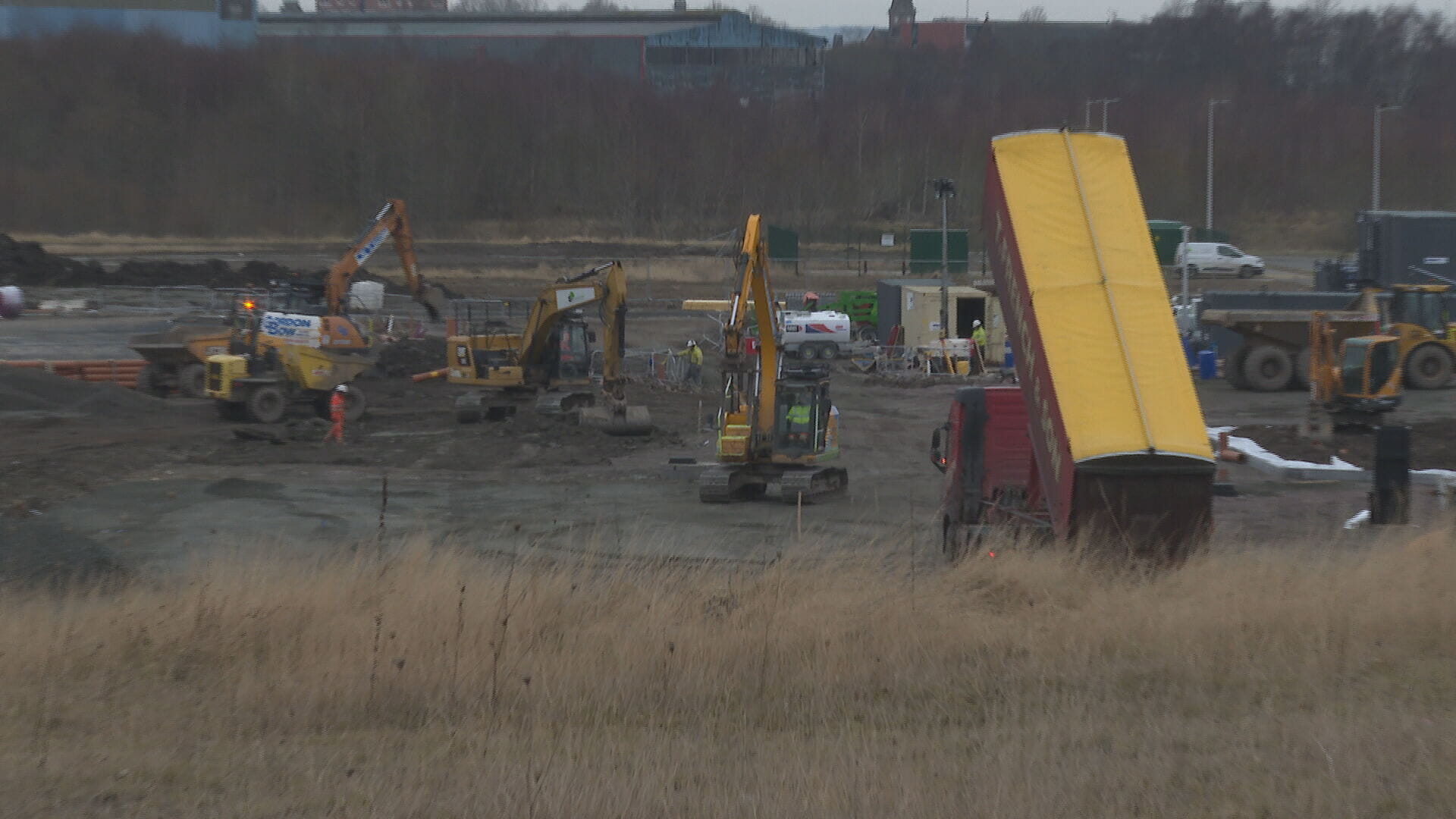 STV News
STV News“Most of the houses in this development are private – and even the small number of affordable homes are not necessarily for social rent. Motherwell in the 1980s overwhelmingly had council house residences.
“We do need to question how inclusive these developments are. Privately-owned homes are relatively expensive, given the current economic circumstances. They’re not accessible to many, almost by design. I think what we can see here is who has won and who has lost from these changes.
“The other thing I wonder is how good these jobs are going to be. I think people who work 35 hours a week in retail or in a pub should live a good life with economic security and good wages. But at the moment, that isn’t the case by any stretch in Scotland. If you work at Ravenscraig on the site, you should be able to afford to live there.”
Dr Gibbs said the aim to make Ravenscraig a more eco-conscious neighbourhood is promising – but would depend on its access to public transport.
“The proliferation of large housing developments with sparse amenities in former industrial areas of Scotland has encouraged a high rate of car dependency,” he said.
 STV News
STV News“The creation of a society highly dependent on households owning two cars, constantly travelling place to place – work, schools, socialising – doesn’t seem very healthy.
“So, in the nature of the sort of housing being built, the desire to move away from a model based on commuting, suburbanisation sounds positive.
“I dare say that’s what the public transport linkages for these large sites and train connections should aim for.”
Despite the challenges, Ravenscraig director Russell Wilkie remains optimistic about the site’s potential.
“The place has so much to offer,” he said. “There is a million square feet of consented land and another half a million square feet allocated for retail development.”
When questioned about the lack of schools, Wilkie revealed that a significant decision regarding funding for a future community hub, including a joint campus school, is expected imminently.
“This hub will be accompanied by affordable homes and potentially cultural facilities as well,” he added.

Insight Christina O’Neill Assistant producer
Thousands watched as the towers at the heart of Scotland’s steel capital fell to the ground in 1996.
Once the largest hot-strip steel mill in western Europe, the closure of Ravenscraig four years earlier dealt a devastating blow to thousands of skilled workers and their families.
The British Steel Corporation’s decision to close the Motherwell plant – one of its five across the UK – spelled the end of steelmaking in Scotland, following a sharp slump in demand in the 1980s.
On June 24, 1992, 770 workers clocked out for the last time, while another 10,000 job losses were linked to the industry.
It was the end of an era for The Craig community in North Lanarkshire. The jobs were tough as men grappled with heavy machinery in intense heat, breathing in dust and gas that resulted in an estimated several hundred work-related deaths.
But the steelworks were also characterised by camaraderie and a strong sense of social identity among workers, many of whom had worked there for decades.
Much has changed in the 30 years since the steelworks’ closure, with more than £250m plunged into the formerly derelict 1,200-acre site.
The 2018 masterplan overall comprised two new schools, two hotels, retail and leisure space and major parkland areas along with an upgraded transport network.
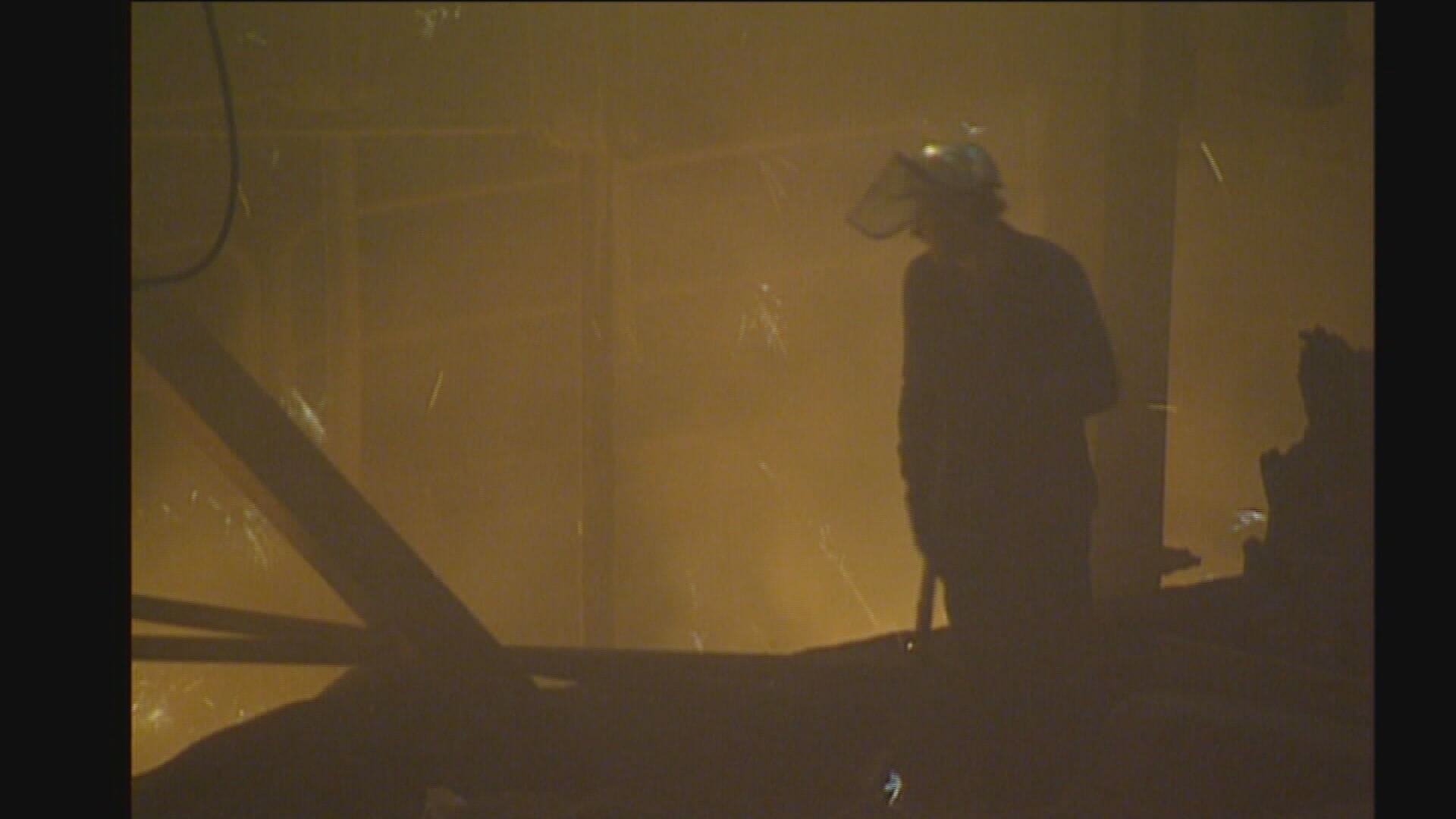 STV News
STV NewsA 16ft sculpture of a steelworker stands at the site in memory of the lives claimed in the sector and a lasting tribute to Ravenscraig’s industrial heritage.
New College Lanarkshire’s Motherwell Campus is the biggest of the institution’s seven sites, costing £70m and featuring a hair salon, training restaurant and an engineering centre.
The £29m sports complex opened in October 2010, hosting the 2011 International Children’s Games, and saw athletes train there for the 2014 Commonwealth Games.
A rail bridge has also been built with a dual carriageway being constructed between Motherwell and Ravenscraig, connected to the M8 and M74.
The Raven’s Cliff pub and restaurant opened in 2018.
The area’s regeneration has not been without controversy; there were ambitious talks to build a theme park at Ravenscraig in the 90s, but they were abandoned due to site contamination and structural issues.
Plans for a huge shopping zone were also ditched in 2017 due to changing market conditions.
Planning permission has now been granted for a 14,500 square foot retail site and a 38,000 square foot vehicle workshop and sales facility within the SevenFourEight employment area.
Once a hotbed of heavy industry, Ravenscraig became another beacon of Scotland’s history lost to time – but a new future now rises from its ashes.
Follow STV News on WhatsApp
Scan the QR code on your mobile device for all the latest news from around the country


